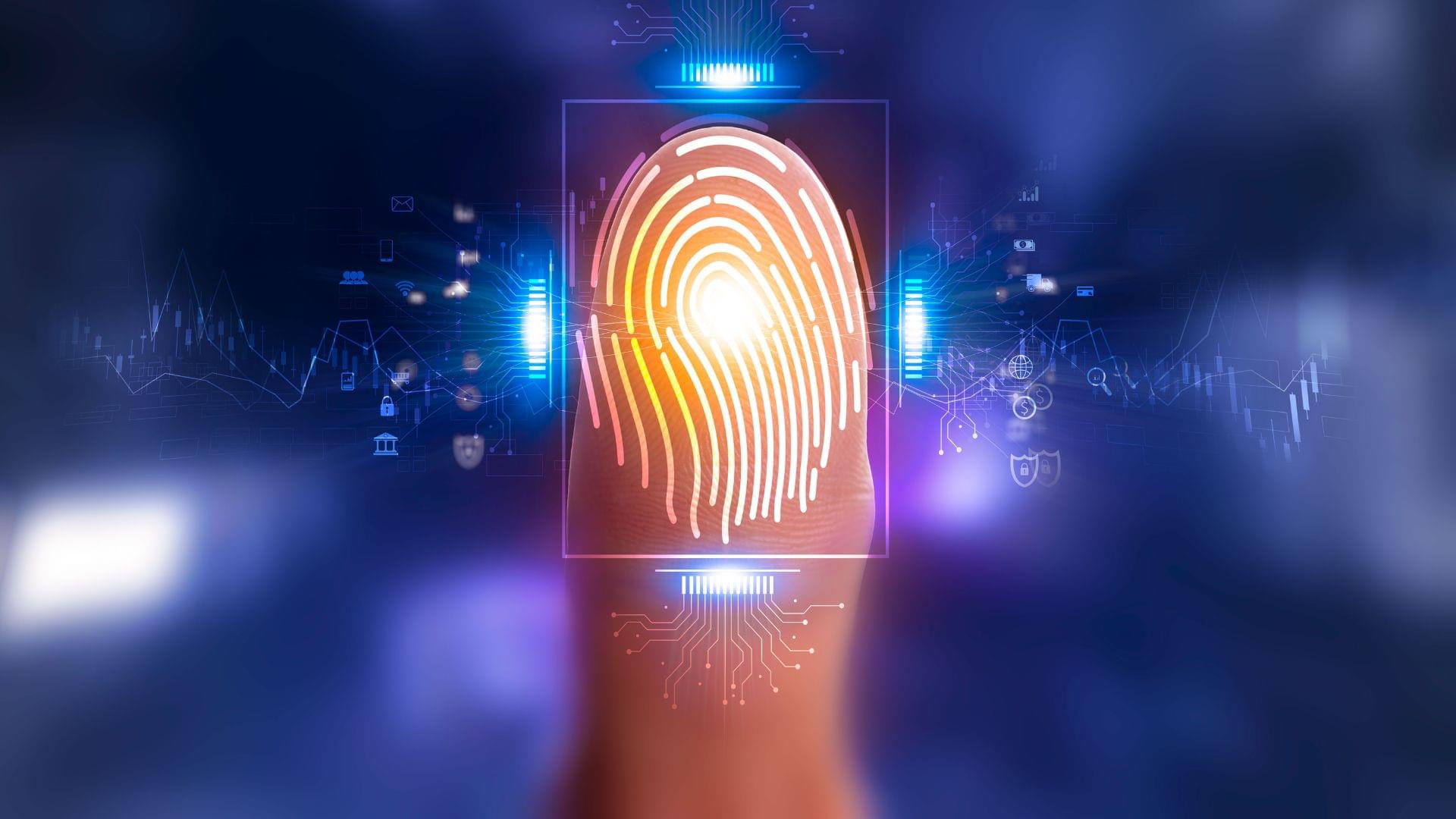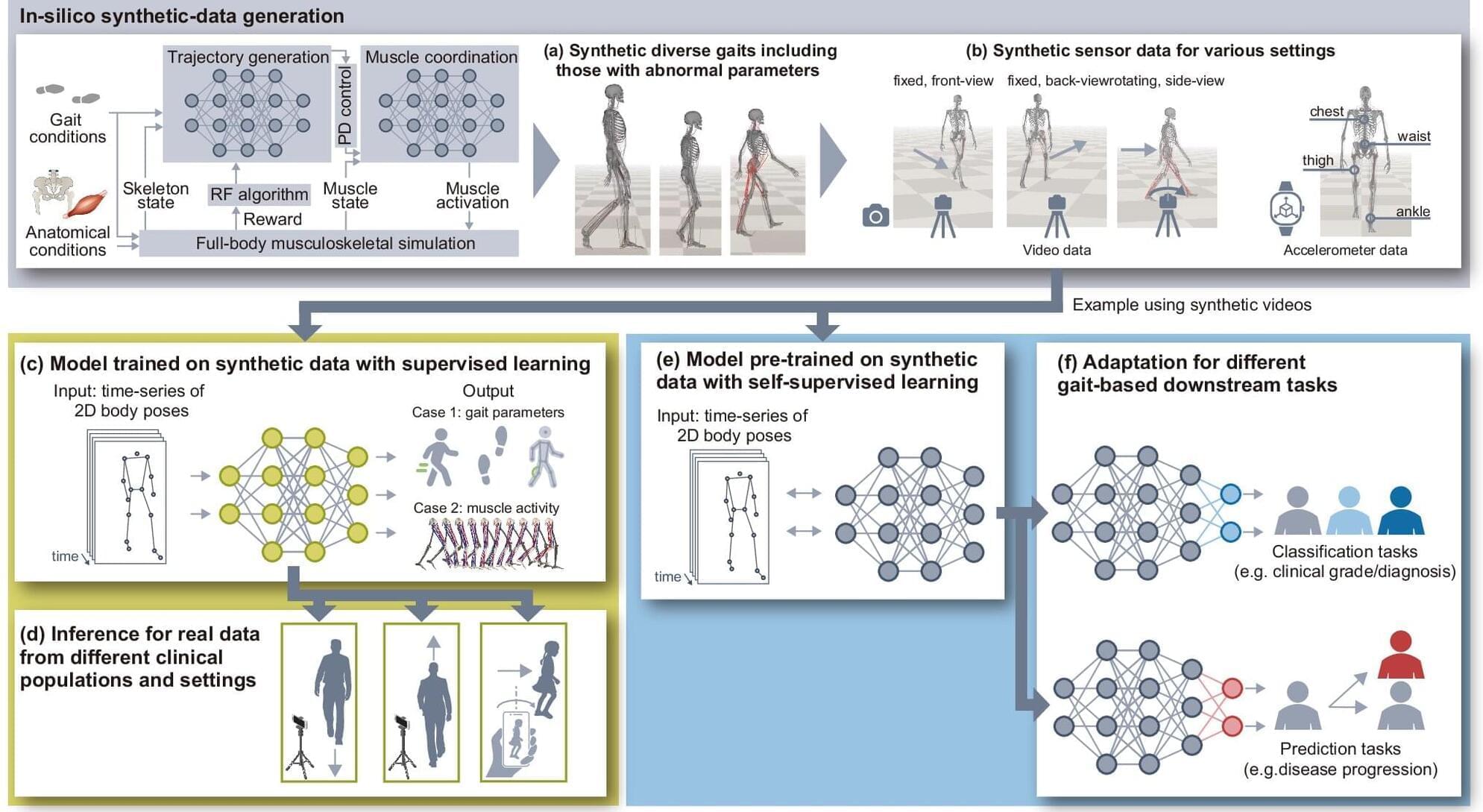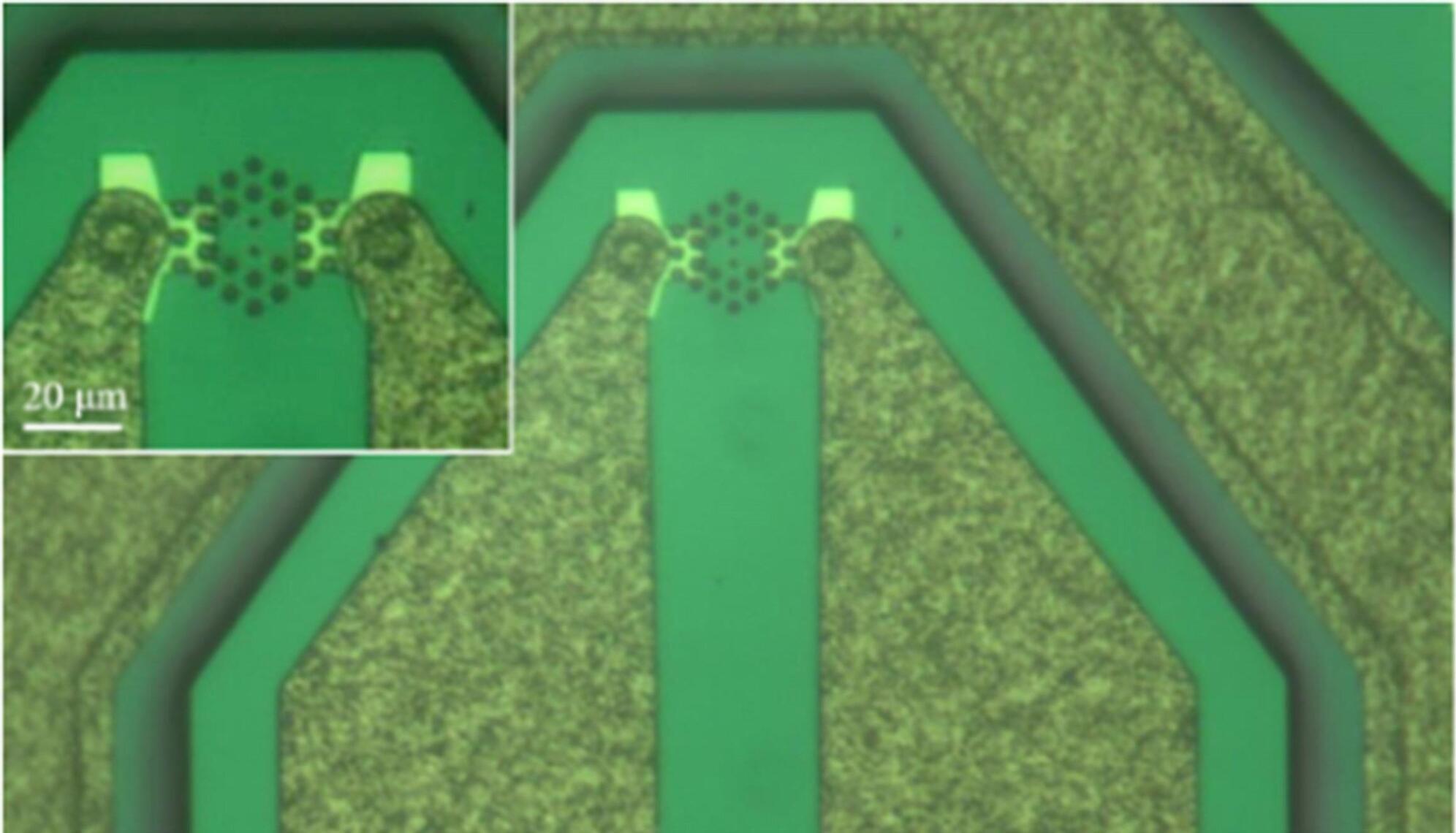Apple CEO Tim Cook told employees at an all-hands meeting that the AI revolution is “as big or bigger” than the internet, smartphones, cloud computing, and apps. According to Bloomberg’s Power On newsletter, Cook said, “Apple must do this,” adding that this is “ours to grab.” He expressed hopes that, though Apple has been relatively late in rolling out AI tools—Apple Intelligence was only unveiled in 2024 —it could still dominate its rivals.
“We’ve rarely been first,” the CEO told staff. “There was a PC before the Mac; there was a smartphone before the iPhone; there were many tablets before the iPad; there was an MP3 player before iPod.”
But Cook argued that Apple invented the “modern” versions of those products, adding: “This is how I feel about AI.” He also discussed practical steps Apple is taking to make these plans a reality. Cook said Apple is investing in AI in a “big way,” and that 40% of the 12,000 employees hired last year are set to work on research and development.







